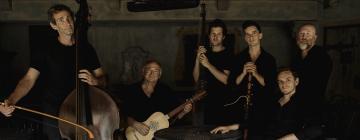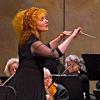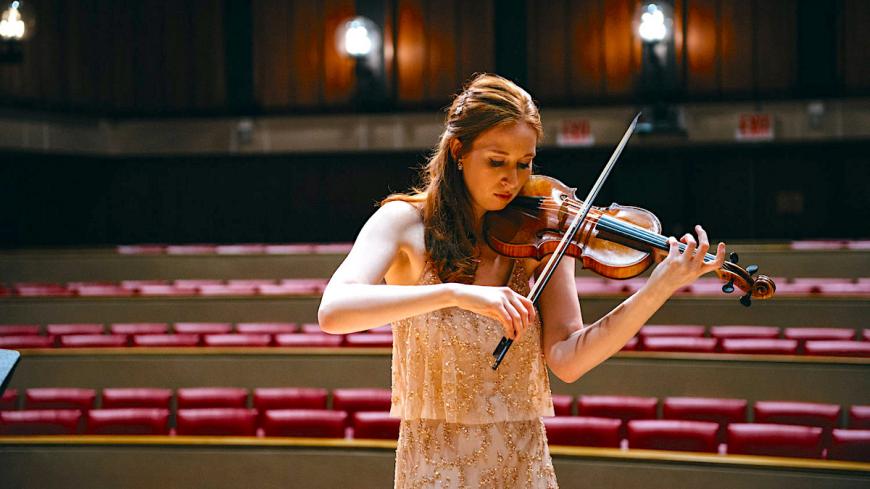
It’s not only restaurants that go crazy opening-closing with the ever-changing coronavirus restrictions. Consider the plight of music organizations, specifically of Philharmonia Baroque Orchestra and Chorale, which drew up plans for its first post-pandemic concert on June 11 in Herbst Theatre (the venue also in a return “debut”) back when the San Francisco regulations called for 25 percent capacity.
As the heart was leaping with joy on the return to this favorite concert hall, it also felt pain seeing the audience of some 200 scattered in the 916-seat auditorium; most seats were roped off.
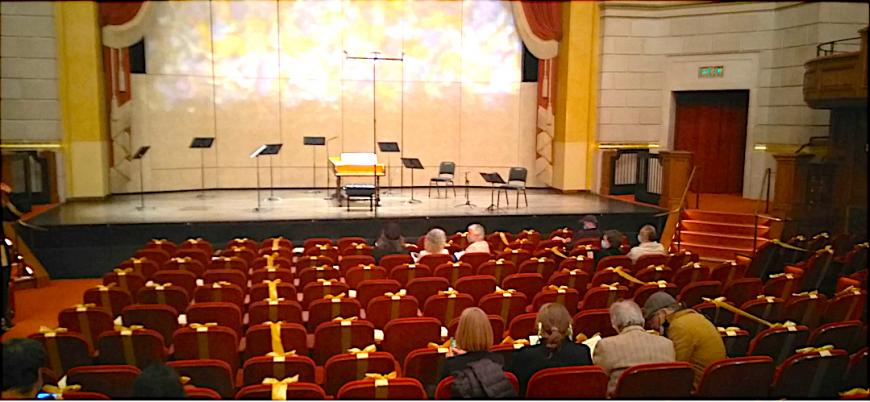
Difference was also evident on the stage where nine musicians stood, masked and at social distance, performing some music written for an orchestra twice the size. (Telemann’s “La Bizarre” suite, for example, is at times presented with larger forces, but here eight strings and a harpsichord did the work.) Under the name of “Philharmonia Baroque” in large letters on the program, smaller type specified the “Philharmonia Baroque Chamber Players.”
Finally, the pandemic still made its presence known by preventing the long-delayed conducting debut of Richard Egarr as the new music director. He succeeded Nicholas McGegan more than a year ago, travel then got in the way, and now a delay in vaccination made a trip from Amsterdam to San Francisco impossible.
The organization and the small audience lucked out by the “substitution” of Augusta McKay Lodge, an Ohio native based in Paris, famous for her violin performances in Baroque literature and acting as concertmaster of orchestras specializing in the period — including Les Arts Florissants, Teatro Nuovo, the American Classical Orchestra, Bach Akademie Charlotte, Ensemble Marguerite Louise, and others.
Lodge led with her violin in ensemble performances throughout the evening but also shone in such solo roles as in Vivaldi’s Concerto for 2 Violins and Violoncello in D Minor, RV 565, along with Carla Moore and William Skeen.
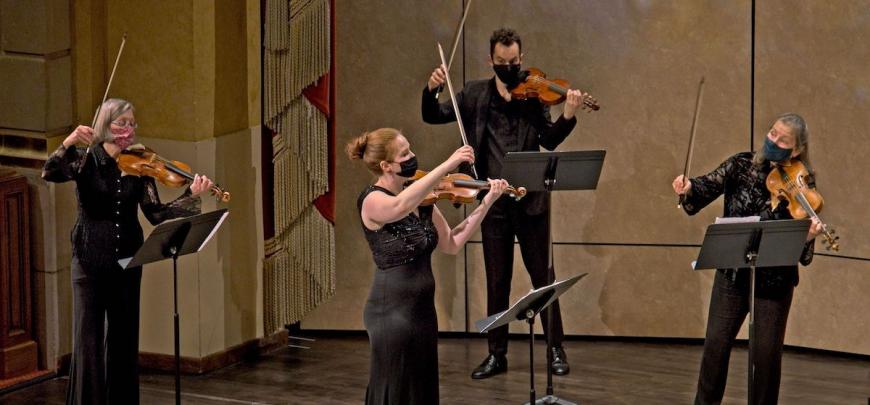
Another example of Lodge’s self-effacing bravura came in Valentini’s Concerto Grosso in A Minor, Op. 7, No 11, the opening Largo’s seemingly hesitating notes preparing the progress of the work to the closing Allegro assai’s brilliance.
The ensemble — besides those mentioned consisting of violinists Noah Strick and Katherine Kyme, violist Aaron Westman, double bassist Kristin Zoernig, David Tayler on theorbo, and Hanneke van Proosdij on harpsichord — managed to make up for the small numbers and the distance between the musicians by playing with focus and determination.
It might have taken the audience’s ears a few minutes to adjust, but even the opening Handel — the Concerto Grosso in B-flat Major, Op. 6, No. 7 — had a full sound, and the Largo and closing Hornpipe presented the required grand sweep. Ironically, of the 12 concerti in Op. 6, No. 7 is the only one written for full orchestra, so the nine Philharmonia musicians had their work cut out for them.
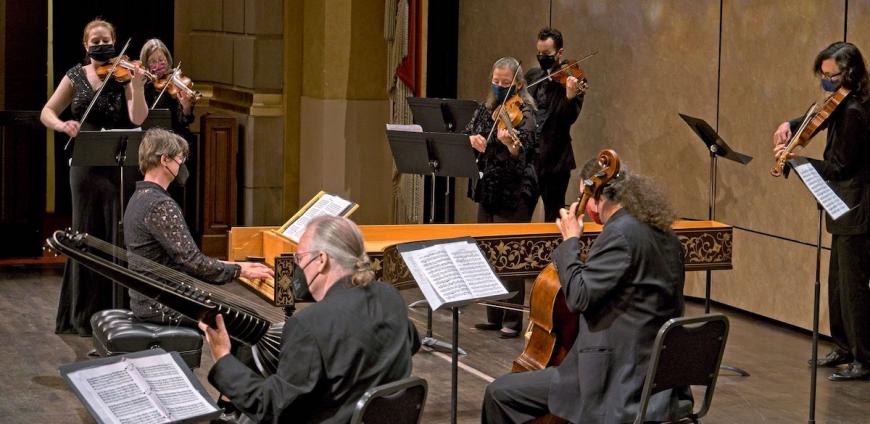
If “sweep” could characterize the performance of the opening Allegro in Vivaldi’s Concerto for Strings in G Minor, RV 157, “swing” may better apply to the performance of the closing movement. Syncopation and great rhythmic energy here were reminiscent of the stormy last movement of “Summer” from Vivaldi’s Four Seasons.
Another Vivaldi piece, Sinfonia in B Minor “Al Santo Sepolcro,” RV 169, impressed with its lyrical beauty.
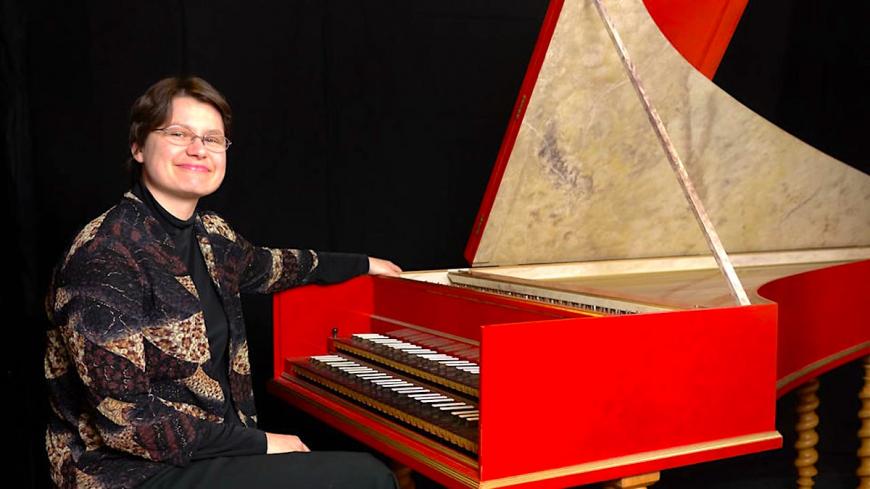
The organization — with its eye on the full orchestra and chorale — is also making news by releasing its 2021–2022 season of live performances.
Egarr will lead a season that starts with a tour to New York in July; features Anthony Roth Costanzo, Davóne Tines, and Julia Bullock in August; and has the Philharmonia Baroque Chorale performing the Schumann Requiem. Christmas brings Bach’s Christmas Oratorio, and Egarr also lead the Bach B Minor Mass gala concert with a star cast and Juilliard415 — to be performed at Lincoln Center before Bay Area performances.
Alternative programs include SESSIONS with Creative Partner Davóne Tines and Composer-in-Residence Tarik O’Regan; Aryeh Nussbaum Cohen and Roslyn Barak appearing in “Jews and Music”; and a finale spectacle of a fully-staged Handel’s Radamisto starring Iestyn Davies.
